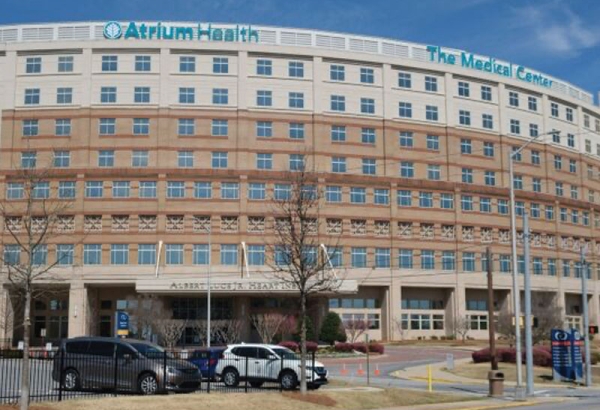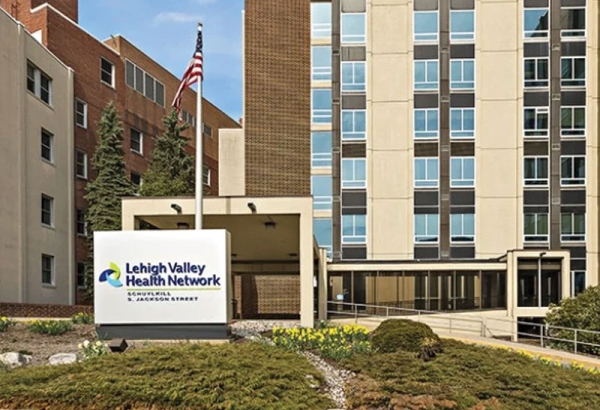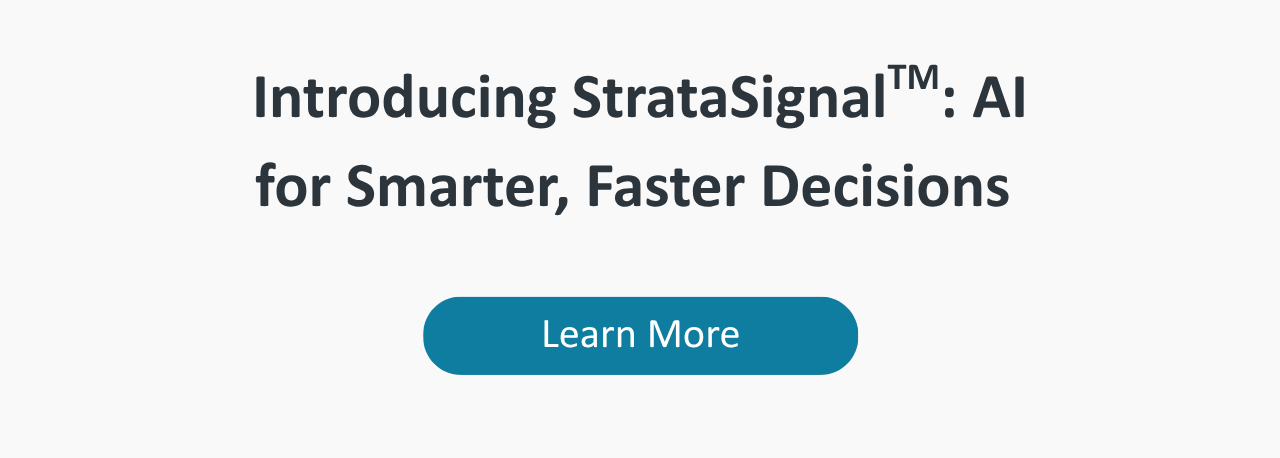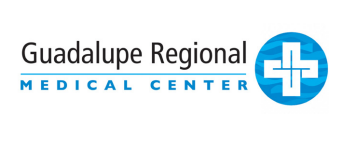In planning for the future, hospital and health system leaders need to understand where patients living in their primary service area are going for care. Having clear, reliable data can help reveal how people are moving across markets.
For nearly a decade, Guadalupe Regional Medical Center (GRMC) has routinely reviewed its market data to assess patient behaviors and gain competitive insights. Based in Seguin, Texas, about 35 miles northeast of San Antonio, GRMC has more than 900 employees and over 200 providers who provide an array of medical services across nine zip codes.
As a long-time member of the Texas Hospital Association’s Compass program, GRMC leaders have access to Strata’s Market Share & Trending tool, which provides state data that show where patients are accessing various services, including those who are seeking treatment in neighboring markets. In addition, the 153-bed medical center leverages Strata’s Market Opportunity Analysis and proprietary 837 All-Payor Claims Data to further identify and quantify trends in the rapidly growing central Texas market.
“We’ve been utilizing the tools for quite some time to get a good idea of what we are capturing from our market, including both our primary and secondary service areas,” said Rhonda Unruh, RN, GRMC’s Vice President of Quality. “We look at both inpatient and outpatient data to really understand patient leakage.”
About seven years ago, GRMC leaders noted a disconcerting trend. An analysis found that about 21% of patients in the medical center’s primary service area were seeking mammograms elsewhere. A majority of those were traveling to competitor hospitals in neighboring New Braunfels, Texas.
The finding spurred further analysis to identify potential factors that could be contributing to the patient leakage. One issue that quickly rose to the surface was that — because GRMC only had one imaging machine to conduct mammograms — wait times to schedule the procedure often were as much as three weeks.
The long wait times likely deterred patients from scheduling routine and even more urgent screenings. Unruh and her team used Market Opportunity Analysis to conduct in-depth analyses of current patient movement within GRMC’s market, and to project how expanding women’s imaging services would impact patient volumes. They then generated easy-to-understand reports based on those analyses to communicate a major growth opportunity to GRMC leaders.
“We looked at the data and we looked at how much we were losing from our community to outlying markets,” Unruh said. “That generated more discussion with our chief operating officer, who oversees our imaging department. Now, we have a really nice, new women’s imaging center as a result.”
GRMC opened its state-of-the-art women’s imaging center in 2021. It includes two mammography units for conducting both screening and diagnostic mammograms, as well as facilities for breast ultrasounds, stereotactic breast imaging, and Dual-Energy X-ray Absorptiometry (DEXA) scans to assess a patient’s bone health and risk of osteoporosis. The center recently added a new radio frequency tag applicator to help ensure greater precision in pinpointing masses or lesions during breast surgeries.
Having the data helped GRMC leaders make informed, strategic investment decisions. Expanding services and making the patient experience faster and easier also helped attract more patients to the hospital for imaging. Since the new center opened, GRMC has reduced wait times for mammograms by about 75%. The number of mammograms conducted at GRMC annually has increased nearly 40% while the share of patients seeking mammograms in neighboring communities has decreased more than 10%.
“Had we not been monitoring the data, it would have just been business as usual,” Unruh said. “We would have continued to have a two- to three-week backlog, thinking we were just busy. We would not have realized we were losing so many patients from the community.”
Ultimately, the expanded services are helping GRMC better serve patients and improve outcomes. The more patients who get routine mammograms, the earlier breast cancer can be detected and treated. With the addition of the imaging center, GRMC is able to continue its legacy of providing high-quality, award-winning care to patients. The medical center was awarded 2025 Women’s Choice Awards in the areas of Patient Experience, Obstetrics, and Orthopedics. GRMC also has been named an Outstanding Patient Experience Award Recipient by Healthgrades six times.
Unruh and her team continue to evaluate the market data at least quarterly to identify growth opportunities and help guide critical decisions about which service lines GRMC should offer for the communities it serves. “The data has been very helpful because it helps tell the story,” Unruh said.
“Data is just data until you turn it into information. Now, we’re able to take it to our senior executive team and our board to help them visualize patient movement for healthcare services within our community.” Rhonda Unruh RN, GRMC’s Vice President of Quality
Read more about the other health systems we empowered:

Advancing Sepsis Care: How Tampa General Hospital Is Elevating Patient Care for Improved Outcomes and Financial Impact

At Atrium Health Navicent, ‘Axiom Financial Planning Helps Us Respond to Actual Changes as They Occur’



